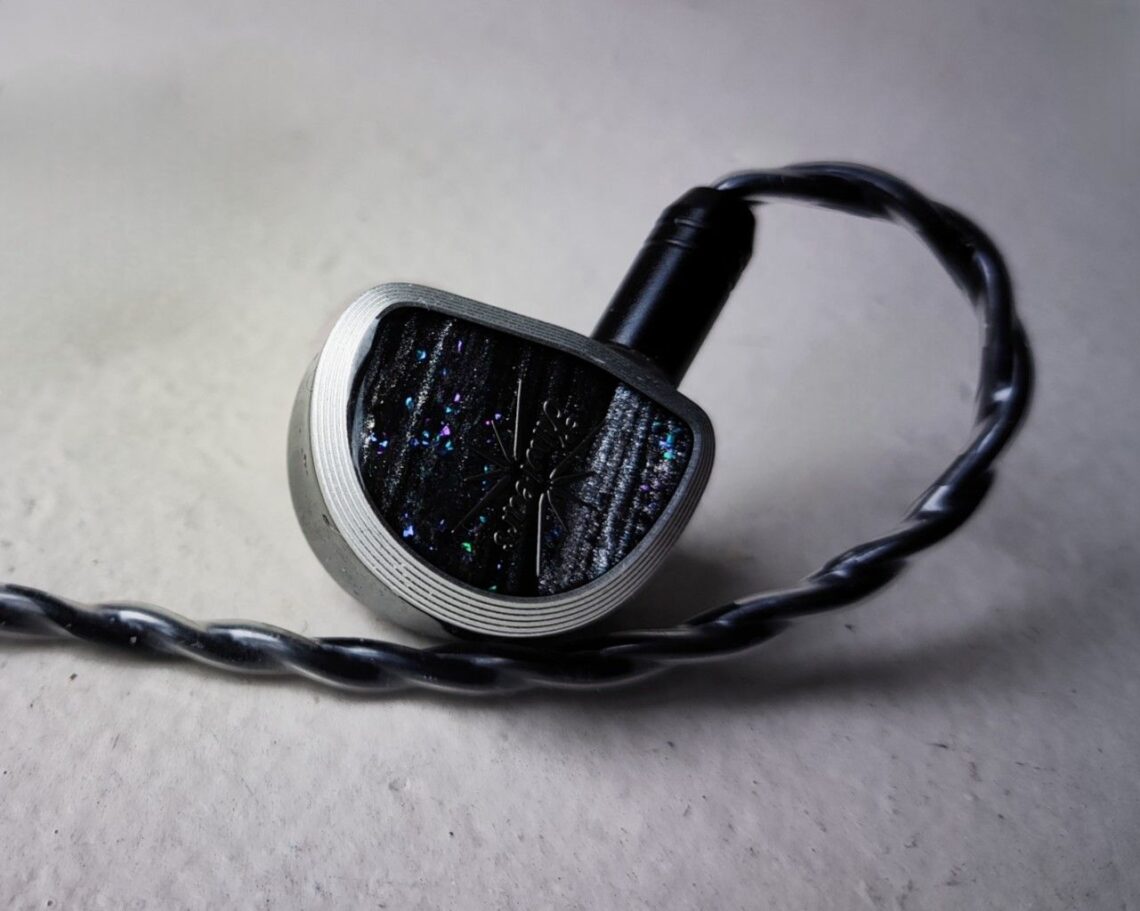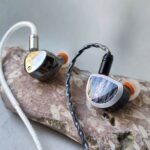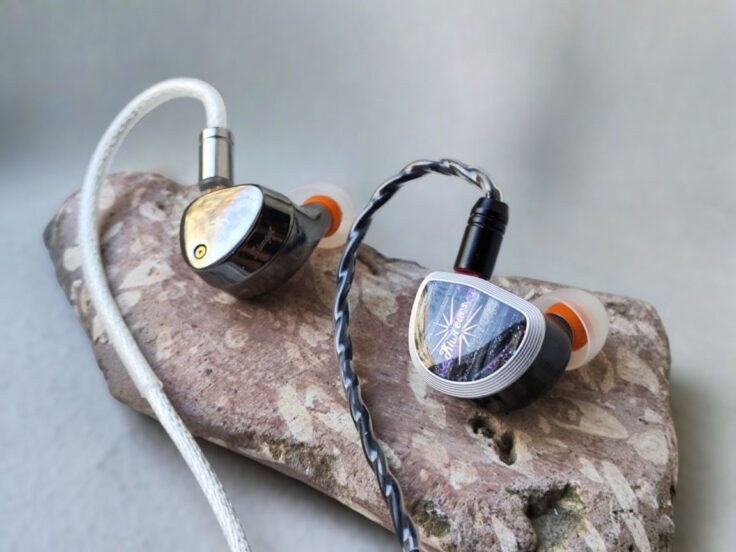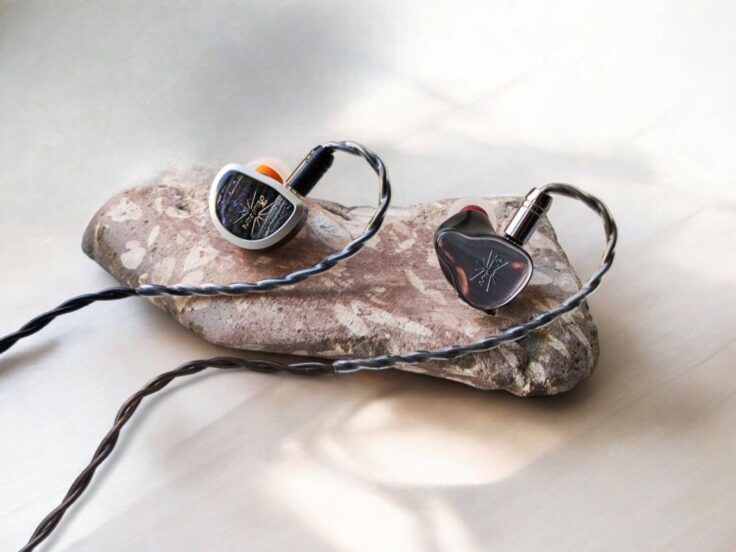The Kiwi Ears Aether is a planar magnetic in-ear monitor (IEM) priced at 170 USD (€160) at launch. It features a notably large 15.3mm driver, surpassing the typical 12-14mm range found in similar IEMs. This driver utilizes multi-layered N52 neodymium magnets and the Aether is designed to deliver a neutral, studio-friendly sound.
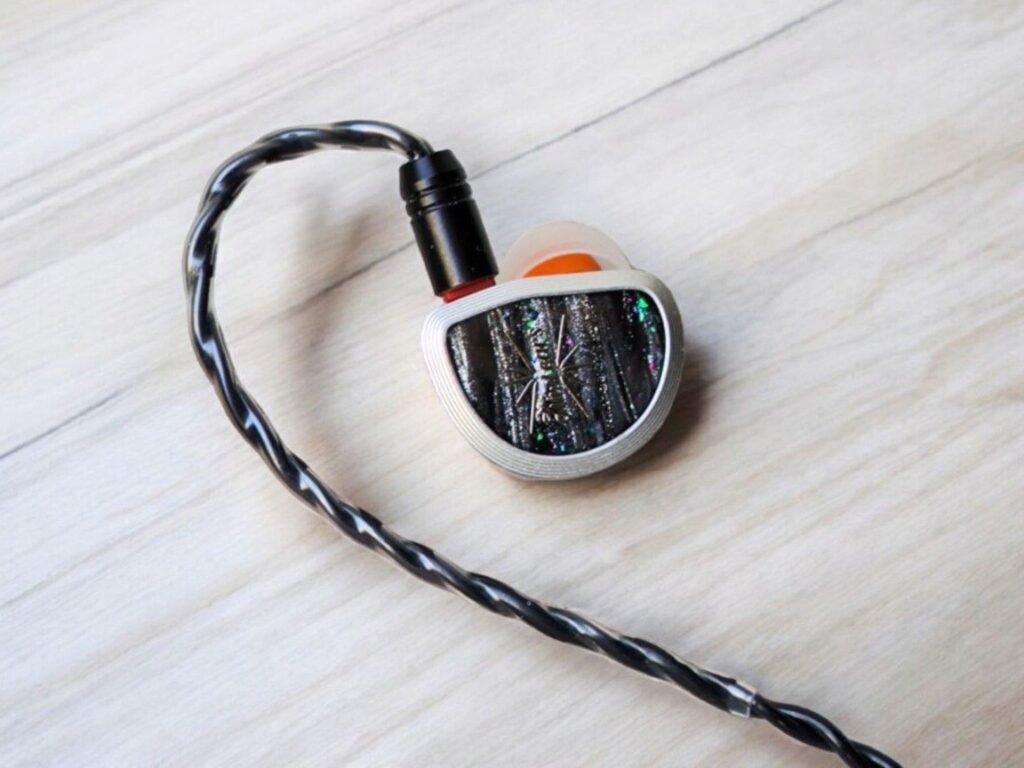
KIWI EARS AETHER SPECIFICATIONS
- Driver: 15.3 planar magnetic
- Sensitivity: 105dB SPL/mW @ 1kHz
- Frequency Range: 20Hz-20kHz
- Impedance: 14Ω @ 1kHz
- Detachable cable: 120 cm
- Earphone connectors: 0.78mm 2-pin
- Cable termination: 3.5mm
- Ear tips: 8 pairs
- Softshell case with zipper included
Price at launch 169.99 USD / €160 ex vat.
Current price and availability
- Kiwi Ears: Aether
- Amazon: Kiwi Ears Aether
- Linsoul: Kiwi Ears Aether
Disclaimer: The review sample was provided by Kiwi Ears in exchange for an honest and unbiased review.

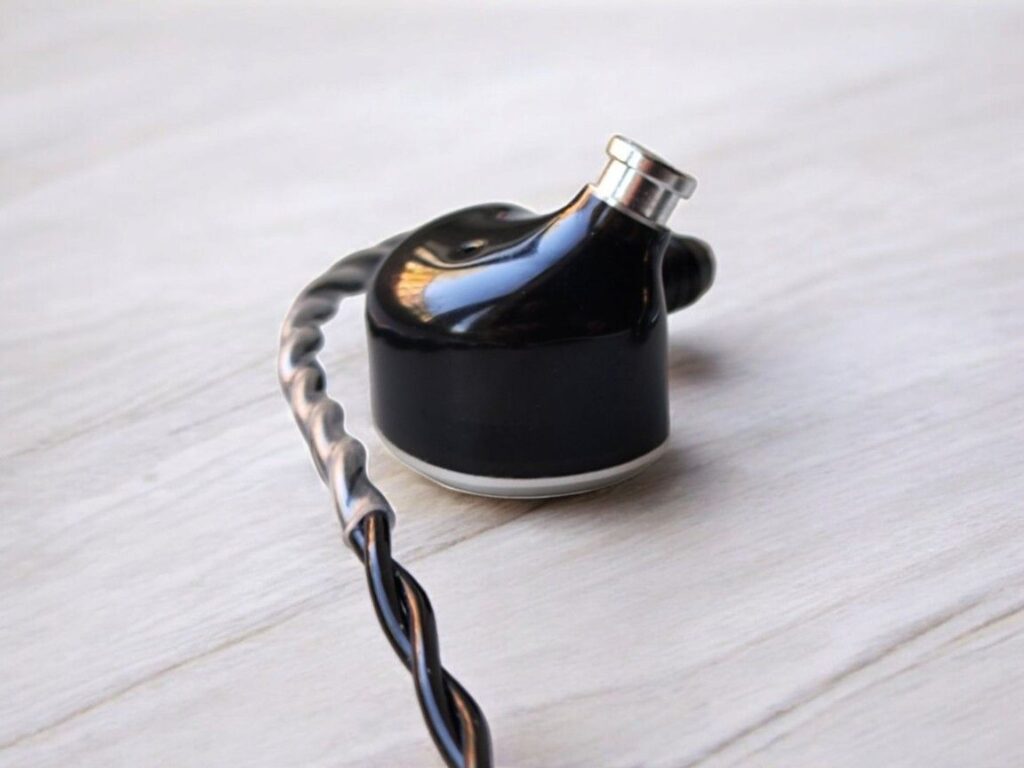
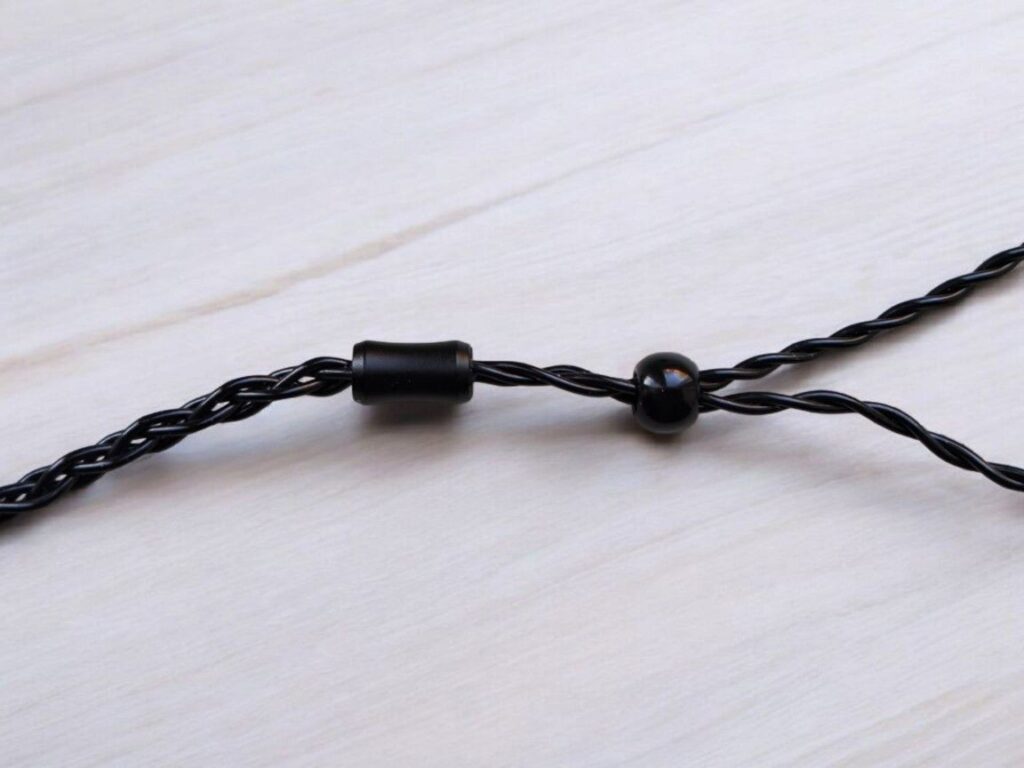
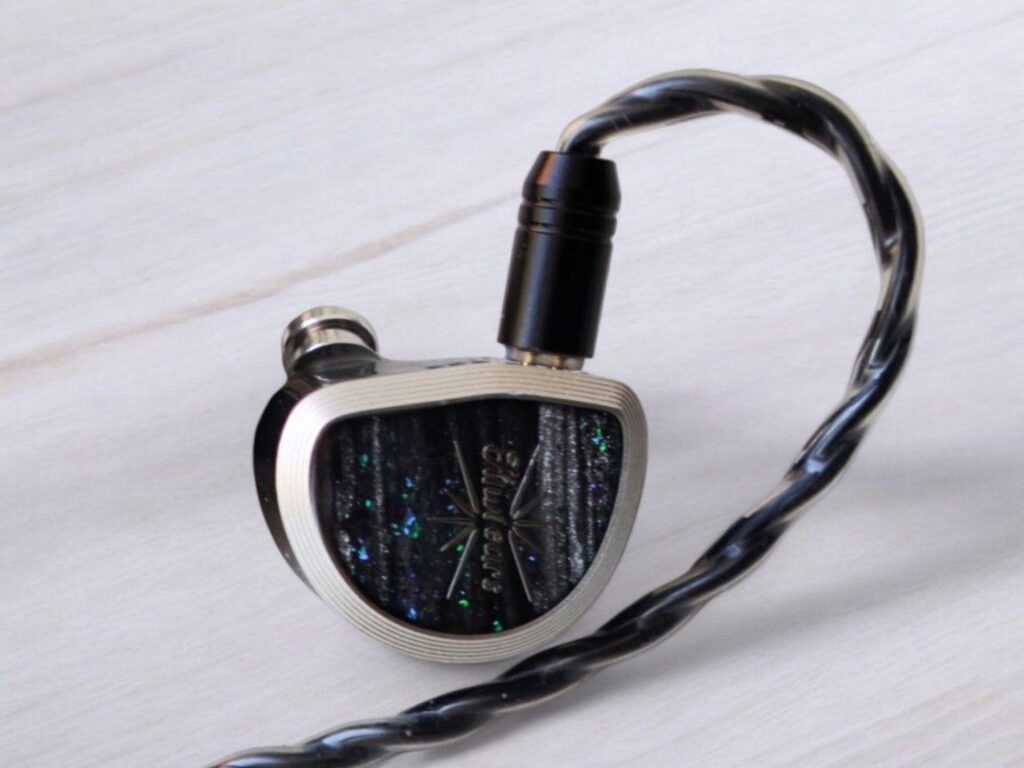
BUILD AND COMFORT
The Kiwi Ears Aether features a relatively large yet comfortable housing made of medical-grade resin. Its semi-custom shaped shell is complemented by a decorative faceplate. It uses 0.78mm 2-pin connectors for the detachable cable, which is the most common standard among IEMs today. The cable is black, about 120cm long, quite thin, and terminates in a 3.5mm TRS jack. If you believe thicker cables improve sound, you can always upgrade, but the stock cable is very comfortable and lightweight.
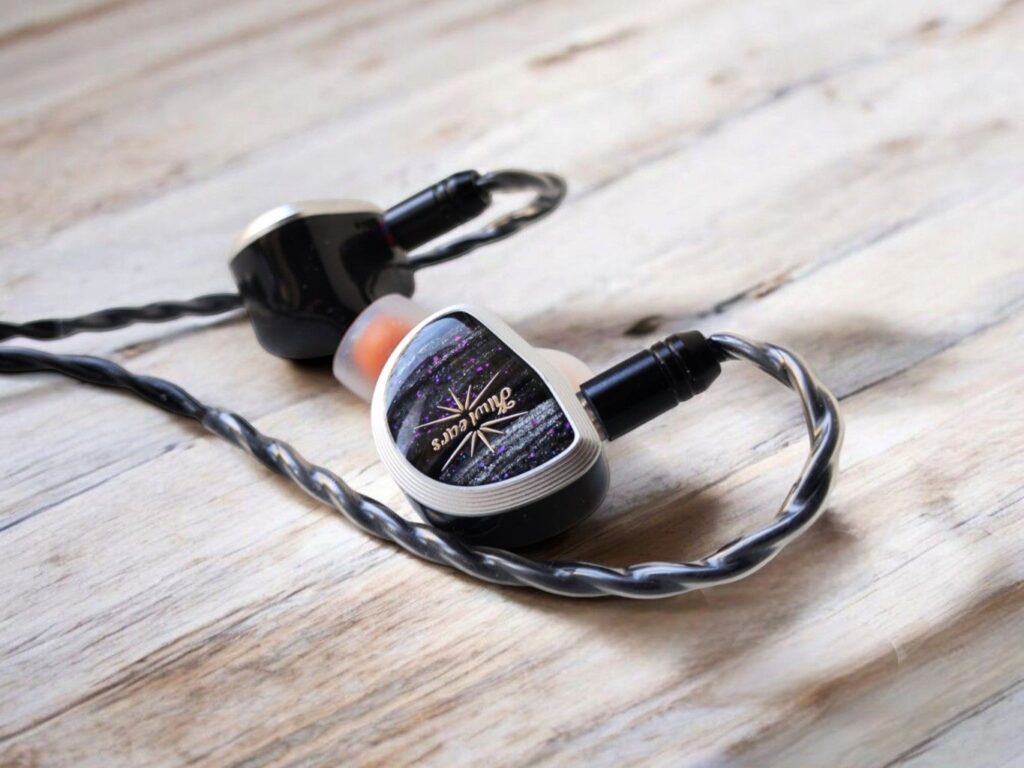
STANDALONE LISTENING IMPRESSIONS
Associated equipment:
- Amplifier: Topping A90
- DAC RME ADI-2 DAC FS
Mata Hari by Marta del Grandi
Vocals are crystal clear with excellent detail. The bass is detailed and has a very neutral tone, the soundstage is open and airy, and sibilants remain natural and well-controlled.
Jambi by Tool
Textured electric guitars, a tight and detailed sounding bass kick, and well-separated vocals. The overall sound is very neutral, slightly crisp, and not particularly warm.
Smile by Pearl Jam
Very open-sounding, with tight, well-controlled bass. Vocals are present but not thick, percussion is snappy, and sibilance is present but remains well-managed.
Almost Like The Blues
Very neutral and well-balanced overall. The bass is exceptionally detailed—lean and controlled rather than thick. Vocals are present with a slight dryness, while percussion is crisp and detailed. The soundstage feels very open.
Black Crow by Cassandra Wilson
The bass on this track can often come off as quite boomy. Not so with Aether. There’s excellent soundstage and imaging. Vocals are very clear, sounding neutral-to-slightly dry.
Desert Island Disk by Radiohead
Excellently detailed, balanced and neutral with a hint of warmth.
Watch Out For Po-Po by John Scofield
The bass is impressive—polite in quantity but richly textured and full-sounding without being boosted. The track feels balanced across the spectrum, with a spacious soundstage and good image depth.
The Hidden Camera by Photek
Excellent bass again, snappy percussion which is crisp but nuanced.
As Before by Olga Konkova
The cajôn drum is punchy and tight, with good body without being boomy. The vocals are delicate, detailed and well separated, the piano is clear without being too crisp.
Brahms’ Symphony No 2 III by Paavo Järvi
Excellent separation and well-balanced tonality, with delicate strings that carry both smoothness and texture.
Young Vivaldi RV820 by Modo Antiquo
Textured and crisp violins with bite and attack, yet not overly bright. Great separation of instruments.
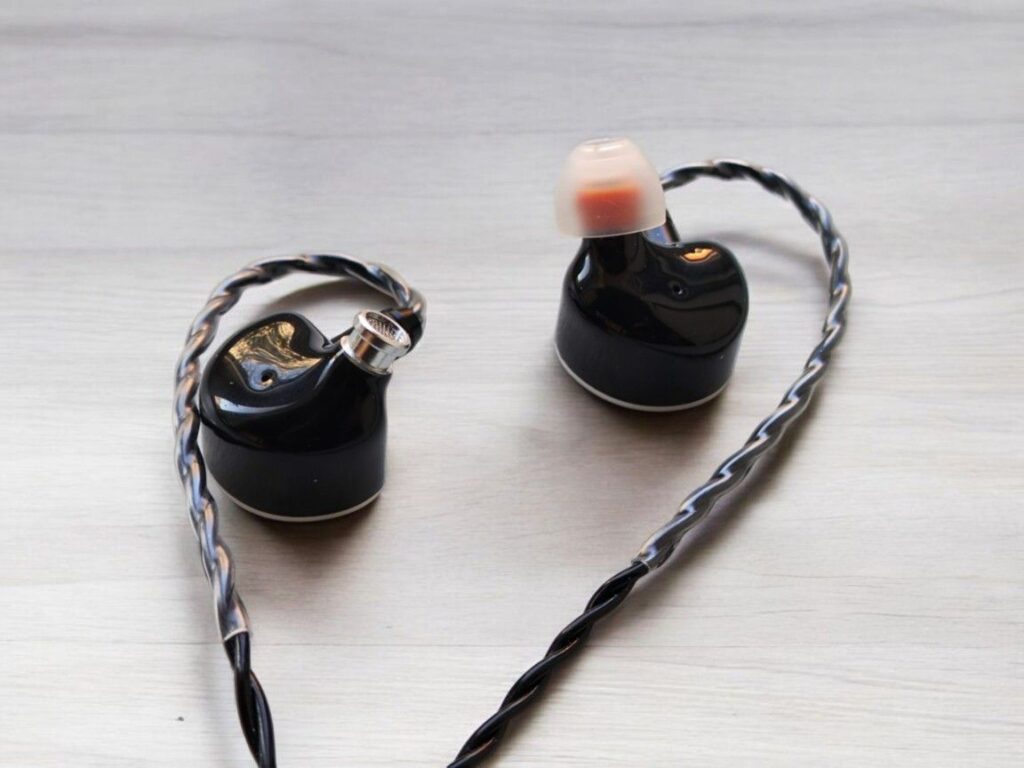
WRAPPING IT UP
Sound Signature
The Aether has a very neutral sound signature with flat-sounding bass response, present, but not thick mids and clear and crisp highs that aren’t exaggerated.
Treble
The treble is clean, clear, crisp, neutral, and present, yet not overly pronounced.
Midrange
The midrange is present and clear sounding without added warmth or lushness.
Bass
The bass is extremely well-textured and tight. Despite its neutral tuning and lack of boost, it remains very present in the mix thanks to its excellent quality.
Soundstage and Imaging
The Aether has a relatively large soundstage, and great imaging for its price.
Detail, Dynamics, and Timbre
There’s an impressive level of detail across the frequency range with no harshness. Dynamics are solid, though not exceptional. Timbre is very neutral, with a slightly dry character in the mids.

COMPARISONS
Associated equipment:
- Amplifier: Topping A90
- DAC: RME ADI-2 DAC FS
KIWI EARS AIROSO vs. AETHER
The Airoso is a 129 USD hybrid with a dynamic driver and four balanced armatures.
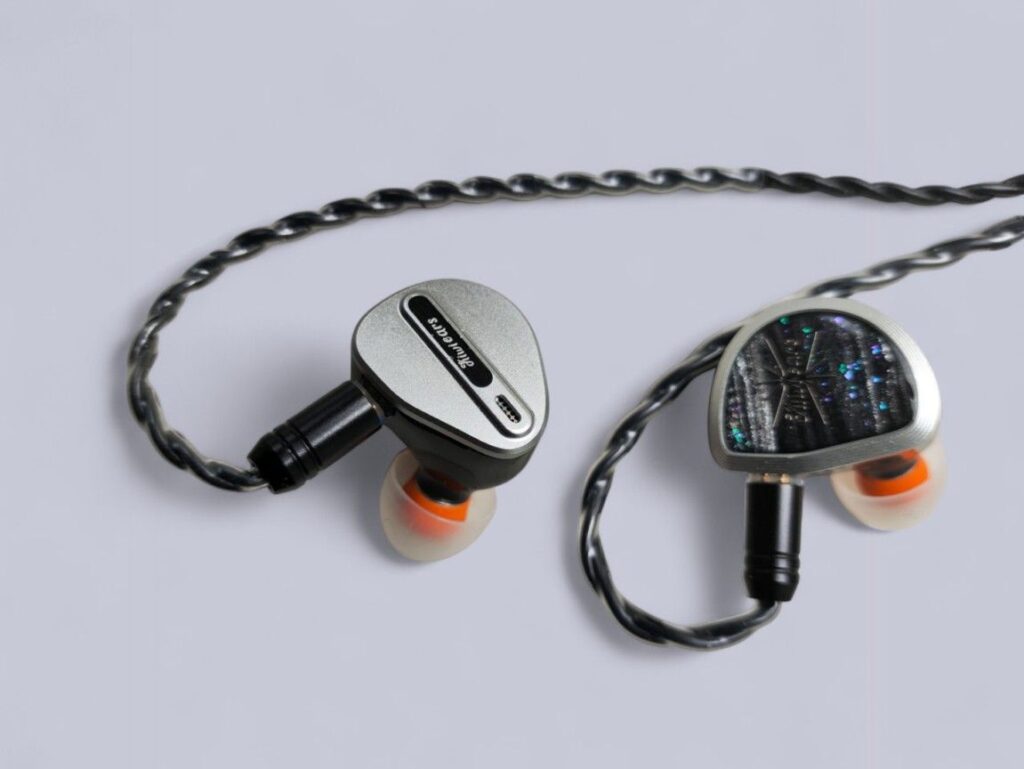
Compared to the Aether, the Airoso delivers a lusher, more organic sound with fuller bass and a smoother presentation. The Aether, by contrast, emphasizes detail and articulation, offering a drier, more precise sound. Both excel in their own right—the Airoso with its warm, natural timbre, and the Aether with its clarity, detail, and neutrality.
- Kiwi Ears: Airoso
- Amazon: Kiwi Ears Airoso
- Linsoul: Kiwi Ears Airoso
Full comparison: Kiwi Airoso vs Aether
KIWI EARS KE4 vs. AETHER
The KE4 is a 199 USD hybrid with a dual dynamic driver and two balanced armatures.
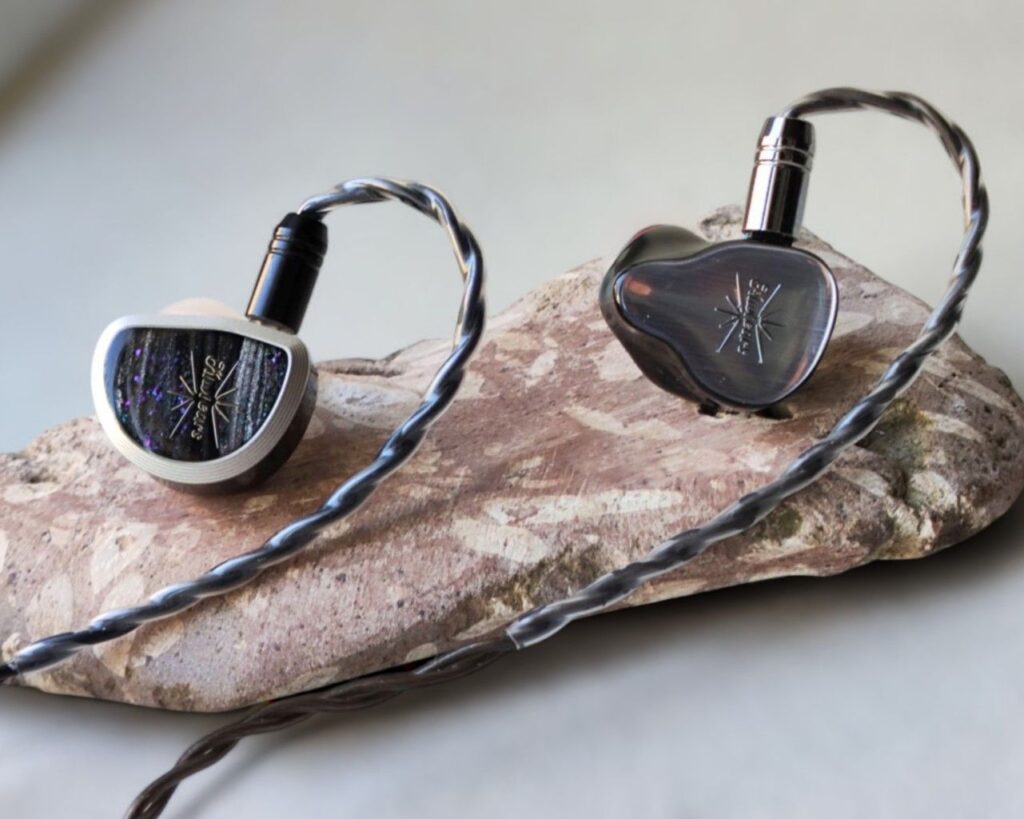
IIn absolute terms, the difference between the Aether and the KE4 isn’t huge, but they present music in distinctly different ways. While the KE4 is relatively neutral, the Aether is noticeably more so and more upfront with raw detail. On the other hand, if you prefer a lusher, more organic sound with better dynamics and stronger articulation, the KE4 may suit your taste better.
Amazon: Kiwi Ears Aether
- Linsoul: Kiwi Ears Aether
Full comparison review: KIWI KE4 vs Aether
7Hz TIMELESS II vs. AETHER
The 7Hz Timeless II is a 229 USD single driver planar magnetic IEM recently launched as an upgrade to the well-regarded 7Hz Timeless. It features a 14.5mm driver.
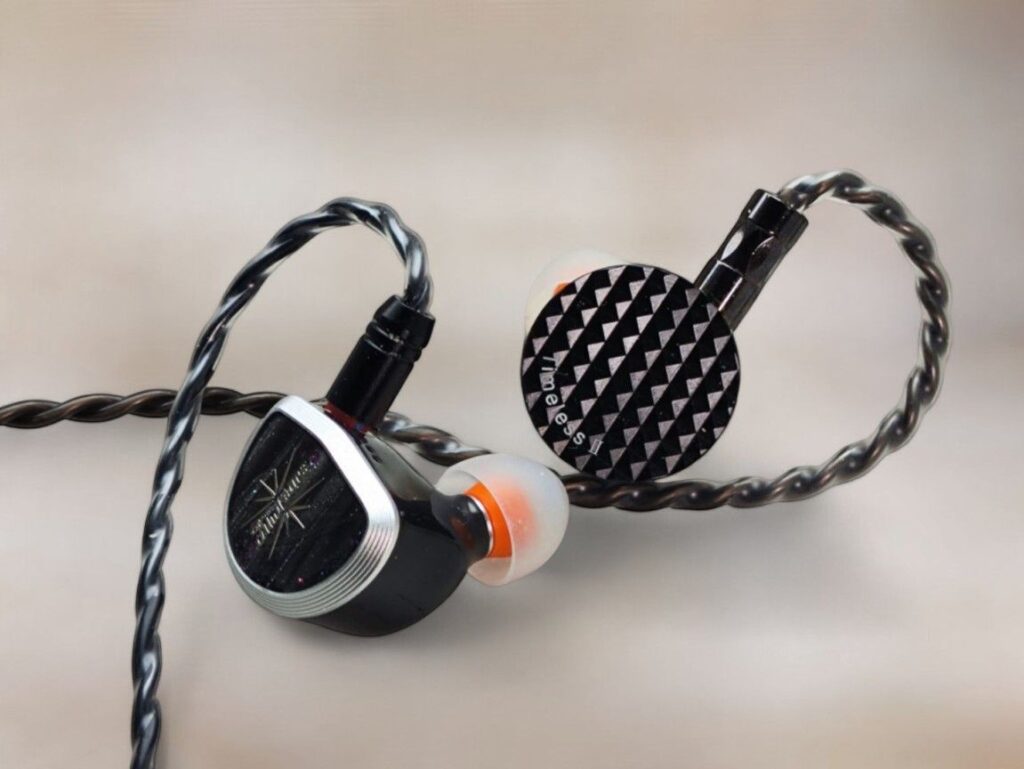
In my setup, with my music and ears, the Kiwi Ears Aether and 7Hz Timeless II sound very similar. Both deliver excellent sound with detailed bass and a neutral signature, without the typical glare in the upper mids and treble often found in planars. The main differences are design and price—the Timeless II is smaller and lighter but has a larger faceplate, while the Aether is around $60 cheaper. Both are excellent, but if budget is a concern, the Aether is the more compelling choice.
- Linsoul: 7hz Timeless II
- Amazon: 7hz Timeless II
Read the full comparison here: 7Hz Timeless II vs Aether
SIMGOT ET142 vs. AETHER
The ET142 is a 219 USD dual driver in-ear monitor from Simgot. It utilizes a 12.5mm planar magnetic driver along with a piezoelectric tweeter.
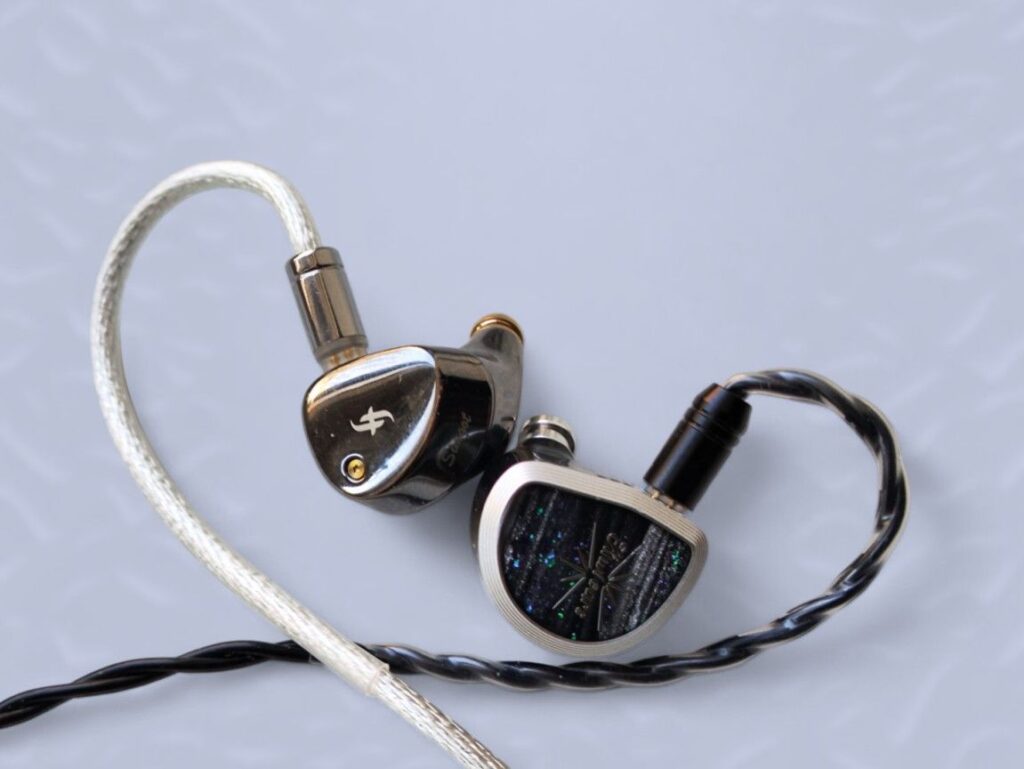
As mentioned, the Kiwi Ears Aether sounds very neutral and never puts a foot wrong. The ET142 on the other hand, is not neutral—it’s a colored earphone with a V-shaped signature. It can sound better or worse depending on the track. Often, it sounds more airy and organic, but other times, the flatter-sounding Aether simply gets the job done in a better, straightforward manner. If a recording needs extra colour and sparkle, the ET142 might be perfect. If the track is already well-balanced, the Aether is the better choice.
Read the full comparison here: ET142 vs Aether

AMPLIFICATION
Amps, or DACs, matter. I’ve been using the Topping A90 desktop amp for all my testing so far, but now it’s time to check out some portable options.
Starting with my POCO F5 phone’s headphone output, it already sounds surprisingly good. The tiny Jade/FiiO JA11 dongle sounds more open, dynamic, and detailed, though.
The Letshuoer DT03 sounds even a bit better, with a slightly warmer tonality.
Kiwi Ears’ own Allegro Mini and Allegro Pro sounds good, the Pro seems to have better resolution and dynamics, but the Mini isn’t joking.
I move on to the xDuoo Link2 Bal2, which has a more refined presentation, slightly larger and more delicate.
The THX Onyx is more expensive and sounds very good, but quite similar to the xDuuo.
The Dragonfly Cobalt performs great. It’s snappy and detailed, neutral and delicate, without harshness.
Finally, the Chord Mojo sounds excellent as always.
In conclusion, the Kiwi Ears Aether is neither hard to drive nor especially picky on the amp, even the most modest sources got them playing relatively close to their potential. However, it certainly doesn’t mind higher quality gear and scales nicely.
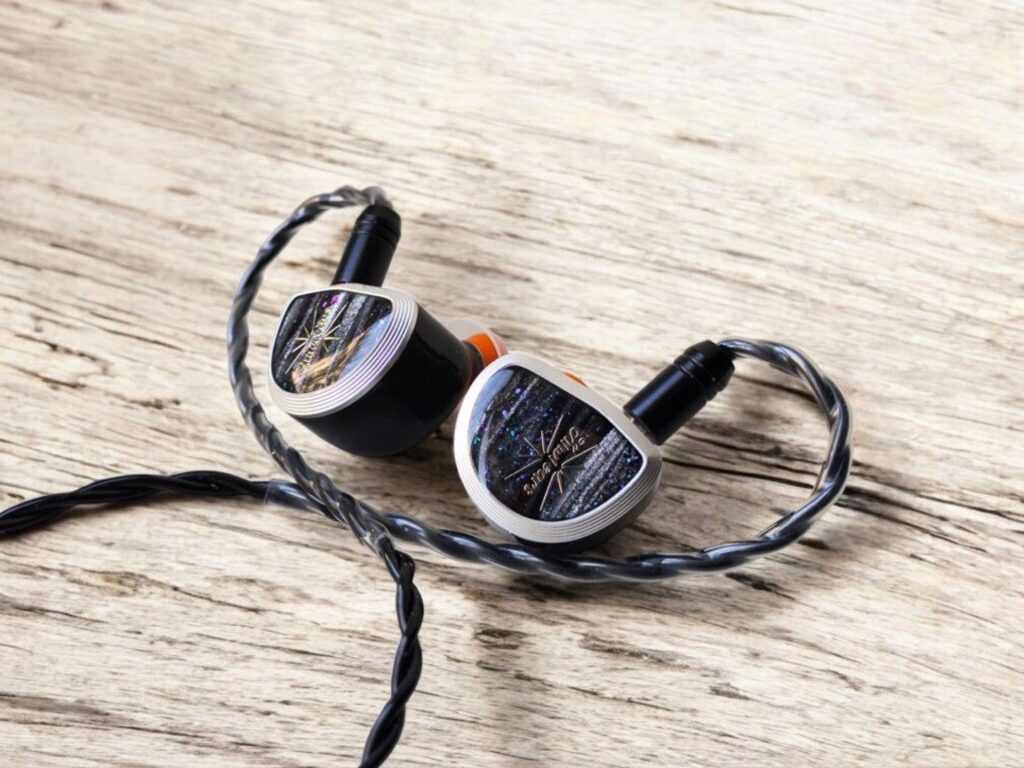
CONCLUSION
The Kiwi Ears Aether is a highly detailed, very neutral-sounding in-ear monitor offered at a very competitive price. The bass is outstanding—tight, textured, and natural. The midrange is clear, though occasionally a touch dry, while the highs are clean and crisp without ever being harsh.
At this price point, it’s an easy recommendation for anyone seeking a clean-sounding, neutrally tuned IEM. That Kiwi Ears achieved this with their first planar single-driver model is genuinely impressive—well done!
Thanks for reading. You can support us by purchasing anything using any of our affiliate links.
- Kiwi Ears: Aether
- Amazon: Kiwi Ears Aether
- Linsoul: Kiwi Ears Aether
Any purchase you make on Amazon or Linsoul with any of our affiliate links will give us a small provision at no cost to you.
We only get a provision for items that are not returned, so there’s no incentive for us to recommend something that’s not good.
Linsoul : Headphones, Earbuds, Wireless Earbuds, Desktop DAC/AMP, Portable DAC/AMP, Digital Audio Players,
Amazon: Headphones, IEMs, Headphone Amplifiers, Home Audio or Anything else.
.
If you enjoyed this article or other content on The Headphoneer, you might consider leaving a small donation to keep this website up and running. No donation is too small. Thanks for supporting us!
If you like our work please follow us on Instagram, Facebook and Twitter , it will help us grow. Sharing is caring 🙂


